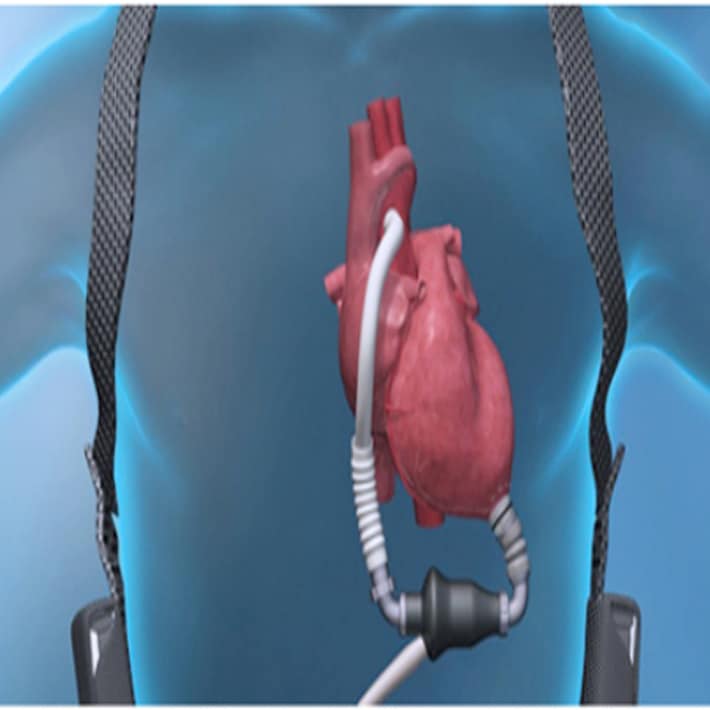Last updated on April 27th, 2015 at 09:03 pm
LVAD 101: Anatomy and Physiology
[toc]
Left ventricular assist device (LVAD)
Left ventricular assist device (LVAD) is implanted under your skin. It helps pump blood from the left ventricle of your heart and on to the rest of your body. A control unit and battery pack are worn outside your body and are connected to the LVAD through a port in your skin.
The left ventricular assist device, or LVAD, is a mechanical pump that is implanted inside a person’s chest to help a weakened heart ventricle pump blood throughout the body.
Unlike a total artificial heart, the LVAD doesn’t replace the heart. It just helps it do its job. This can mean the difference between life and death for a person whose heart needs a rest after open-heart surgery, or for some patients waiting for a heart transplant (called “bridge to transplant”).
LVADs may also be used as destination therapy, which is an alternative to transplant. Destination therapy is used for long-term support in some terminally ill patients whose condition makes them ineligible for heart transplantation.


